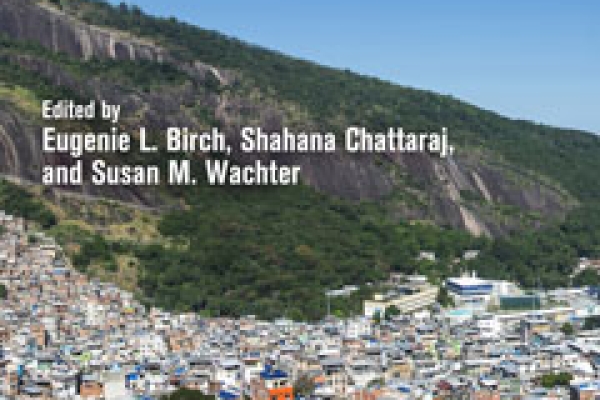Mumbai is India’s financial and commercial capital. Paradoxically, the city is known for both its high real estate prices and huge slum population. It has recorded some of the most expensive real estate transactions in the world and, according to some estimates, has more slum dwellers than any other city. (Mukhija 2003). Within Mumbai’s slums, property transactions are common, and real estate prices are also staggeringly high. Nonetheless, planners and economists usually consider land encumbered by slums to be less efficient, as its property values are often discounted due to the lack of formal titles and legal recognition, the inadequacy of physical infrastructure services, and fragmented land ownership (World Bank 1993).
Mumbai has tried several approaches to formalizing its slum lands. These include the leading conventional approaches of slum clearance and redevelopment, which involve the resettlement of slum dwellers on alternative (usually distant) sites; and slum upgrading, which is based on in situ and incremental improvements to slum dwellers’ housing through tenure legalization and infrastructure improvements.
Mumbai has also implemented an unconventional program of slum redevelopment and on- site rehousing as a strategy to formalize the slums. This strategy leverages the potentially high real estate value of slum land in the city. Slums are demolished, housing is rebuilt at a higher density, and, contrary to conventional slum clearance and resettlement, slum dwellers are rehoused in replacement housing on the former slum sites. In addition, new market- rate housing is also developed on the former slums, which cross- subsidizes the cost of the slum dwellers’ replacement housing. In some cases, the option of transfer of development rights (TDR) is utilized too, and the cross- subsidizing, market rate housing is built on alternative sites.
The key policy intervention that facilitates slum redevelopment is a change to the land development regulations that allows for an increase in the intensity and density of redevelopment in the city’s slums. This increase in the permitted intensity and density of development attracts market- based, private developers and helps generate the cross- subsidy for the slum dwellers’ housing. According to the current program of slum redevelopment and rehousing being implemented in Mumbai— the Slum Rehabilitation Scheme (SRS)— slum dwellers receive “free,” or completely cross- subsidized, replacement housing.
Slum redevelopment is an unusual strategy for assisting slum dwellers. Typically, progressive planners and policy makers oppose redevelopment because it usually leads to the displacement of the poor. The poor can be either directly displaced by the new land use or indirectly displaced through an increase in housing costs, including higher rents, property taxes, and maintenance costs. Mumbai’s slum redevelopment and rehousing strategy, however, avoids some of the shortcomings of redevelopment by resettling slum dwellers on their original sites in free housing of a prescribed size. Slum dwellers also receive property tax rebates and funding support for housing maintenance expenses from project developers.
Both state and local government also help in several other ways to improve the success of the SRS. In addition to assisting with construction finance and temporary housing, public agencies play a role in helping to address conflicts and property- based disagreements.
One of the noteworthy features of Mumbai’s rehousing approach is that slum dwellers have the opportunity to approve or reject redevelopment proposals, and projects cannot be initiated without their approval. Preserving and strengthening this defining characteristic of the SRS is important. Ensuring that public agencies enforce contracts and regulate the quality of the new housing is also vital.
Vinit Mukhija is a Penn IUR Scholar and associate professor of urban planning in the Luskin School of Public Affairs at the University of California, Los Angeles. This collection of excerpts is from “Rehousing Mumbai: Formalizing Slum Land Markets Through Redevelopment” in Slums: How Informal Real Estate Markets Work, available on the University of Pennsylvania website. Full citation: Mukhija,Vinit, “Rehousing Mumbai: Formalizing Slum Land Markets Through Redevelopment.” In Slums: How Informal Real Estate Markets Work, Eugenie L. Birch, Shahana Chattaraj, and Susan M. Wachter, eds. Philadelphia: University of Pennsylvania Press, 2016. For a list of contributors and more information about the newly published volume, visit the Penn IUR website.
References
Government of Maharashtra. 1997. Guidelines for the Implementation of Slum Rehabilitation Schemes in Greater Mumbai. Mumbai: Slum Rehabilitation Authority, Housing and Special Assistance Department, Government of Maharashtra.
Mukhija, Vinit. 2003. Squatters as Developers? Slum Redevelopment in Mumbai. Surrey: Ashgate.
World Bank. 1993. Housing: Enabling Markets to Work. Washington, D.C.: World Bank.


